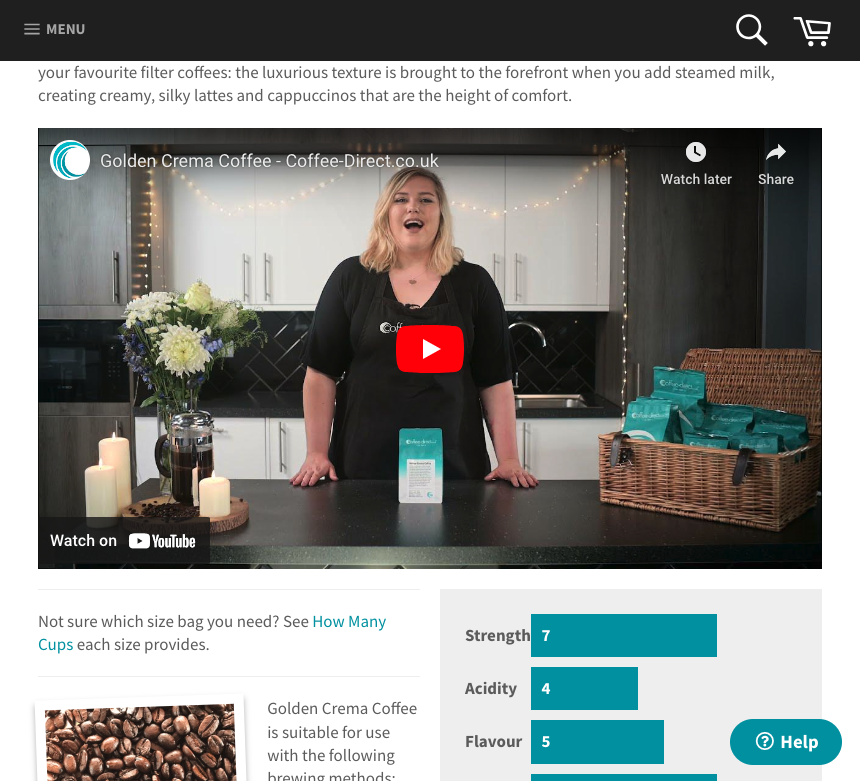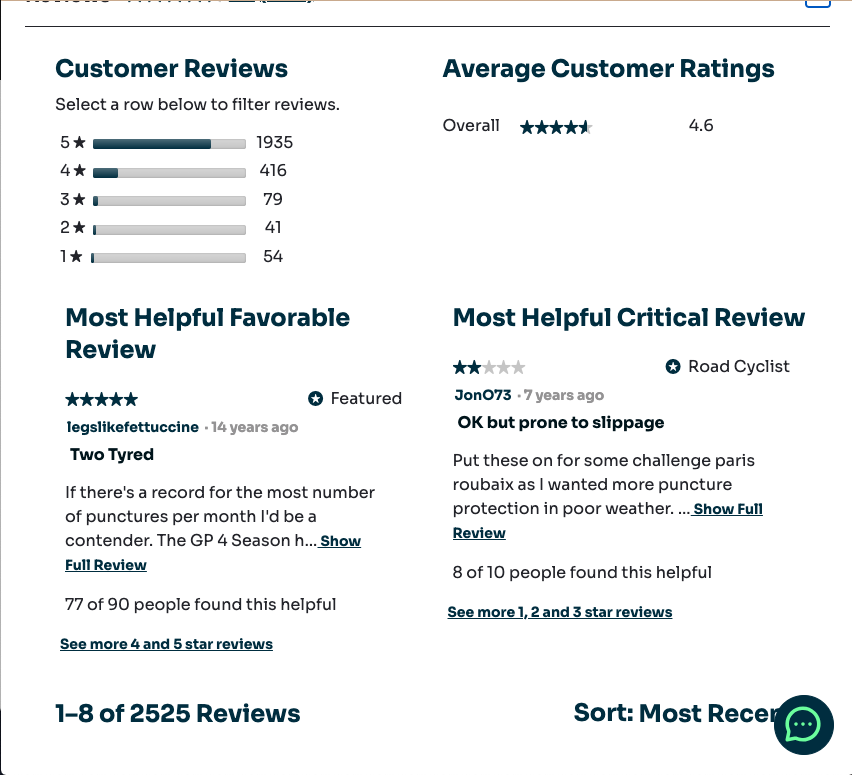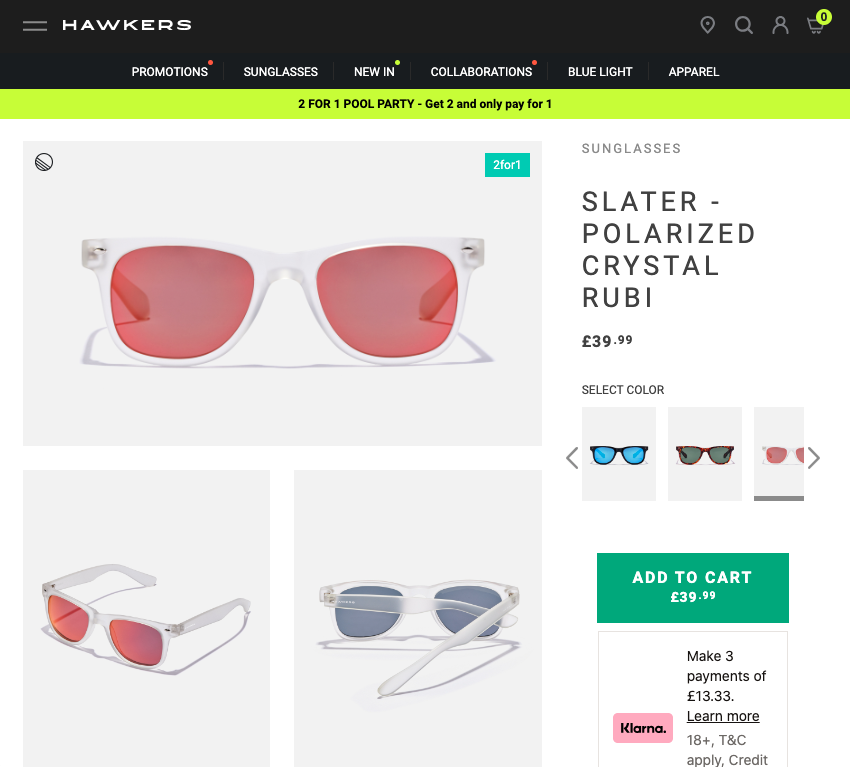If you’re running performance marketing campaigns for an ecommerce business, getting your product detail page right is a vital part of maximising your return.
You could have the best ad creative and campaign structure in the world, but if your product pages aren’t providing enough information, giving the right reassurances and enticing your customers to buy, then you are really going to struggle.
Here are 15 best practices to help you increase conversion rates and get the most return from your paid media.
High-Quality Product Images: Use high-resolution images that clearly showcase your products from different angles. Allow users to zoom in for a closer look and consider adding alternative views or videos. Bonus points for 360 images!
Detailed Product Descriptions: Provide comprehensive and accurate product descriptions that highlight the key features, specifications, and benefits. Use bullet points or sections to make the information easily scannable. Never let a lack of information be a reason for putting customers off.
Content: Understand what your customers want to know and provide that in the best possible format. Sometimes that means text, sometimes bullet points / specification tables and sometimes video can be a great addition.

Pricing and Promotions: Clearly display the product price, any discounts or promotions, and any available pricing options (e.g., installment payments, subscriptions). Use attention-grabbing call-to-action buttons for promotional offers.
Customer Reviews and Ratings: Include customer reviews and ratings on the product page. Genuine feedback from previous buyers helps build trust and confidence in potential customers. Make sure you have a review strategy as part of your long-term plan.

Social Proof and Trust Signals: Showcase trust badges, security seals, and industry certifications to assure customers of a safe and reliable shopping experience. Display testimonials, endorsements, or social media mentions to highlight positive experiences.
Clear Call-to-Action (CTA): Use prominent and visually appealing CTAs that clearly indicate the desired action, such as “Add to Cart,” “Buy Now,” or “Add to Wishlist.” Ensure they stand out from the rest of the page.
Intuitive Navigation and Product Filtering: Make it easy for users to navigate through your product catalog. Provide intuitive filtering options (e.g., by category, price, color, size) to help users find what they are looking for quickly.
Mobile-Friendly Design: Don’t forget to optimise your product pages for mobile devices, as an increasing number of users shop on smartphones and tablets. Ensure responsive design, easy navigation, and quick load times.
Cross-Selling and Related Products: Include related product recommendations, cross-selling suggestions, or “Customers who bought this also bought” sections to encourage additional purchases and increase average order value.
Clear Return and Shipping Information: Display clear information about your return policy, shipping options, and estimated delivery times. This helps reduce uncertainty and increases trust.
Wishlist and Save for Later: Offer a wishlist or save-for-later feature that allows users to save products they are interested in but not ready to purchase immediately. This can encourage them to return later and complete the purchase, but also give you clear data on product interest.

Live Chat or Customer Support: Provide a visible option for users to contact customer support or engage in live chat. This helps address any queries or concerns and can increase customer satisfaction. This is also a great way to gain feedback on potential improvements!
SEO Optimisation: Optimise product pages for search engines by using relevant keywords in titles, descriptions, and headers. This can improve organic visibility and drive more targeted traffic to your site. Never forget to think about this and not just conversion rate factors.
Pagespeed: Ensure fast loading times for your product pages by optimising images, leveraging caching techniques, and using a content delivery network (CDN). Slow loading times lead to poor UX, lower conversion rates and reduced organic performance.
Hopefully the above proves to be a useful bit of food for thought. Remember, the key is in testing your own product pages, but more importantly understanding your customers and working hard to find out exactly what they need.
With the correct data and customer feedback, you can start to prioritise your efforts in an informed manner and see strong improvements.
Happy optimising!
P.S – if you are looking to find a new paid media agency partner, drop us a line and we would love to have a chat!
If you enjoy hints and tips on how to make your Campaigns work for you, subscribe to our Podcast. Available on Spotify, Apple Podcasts and Youtube.




